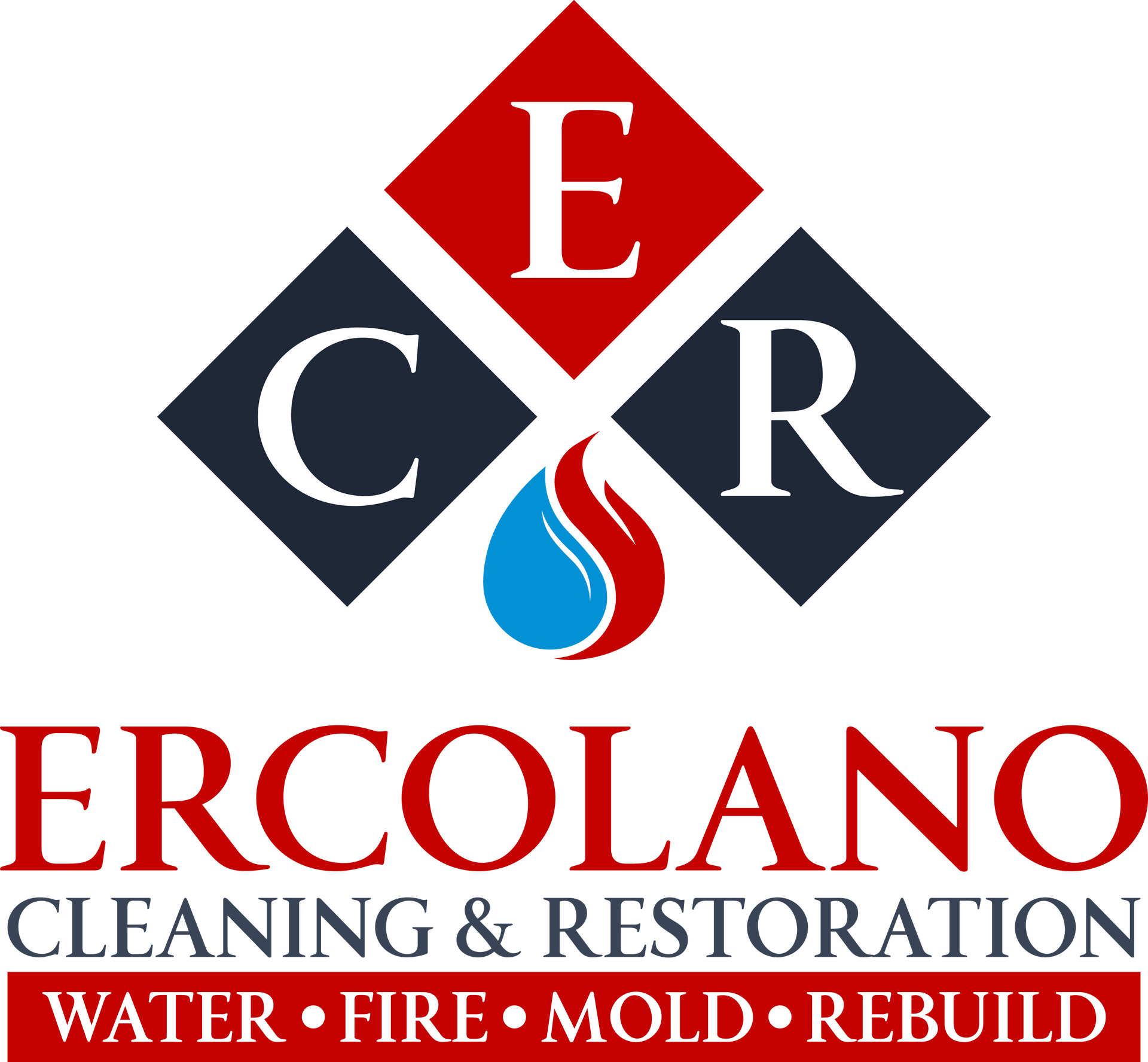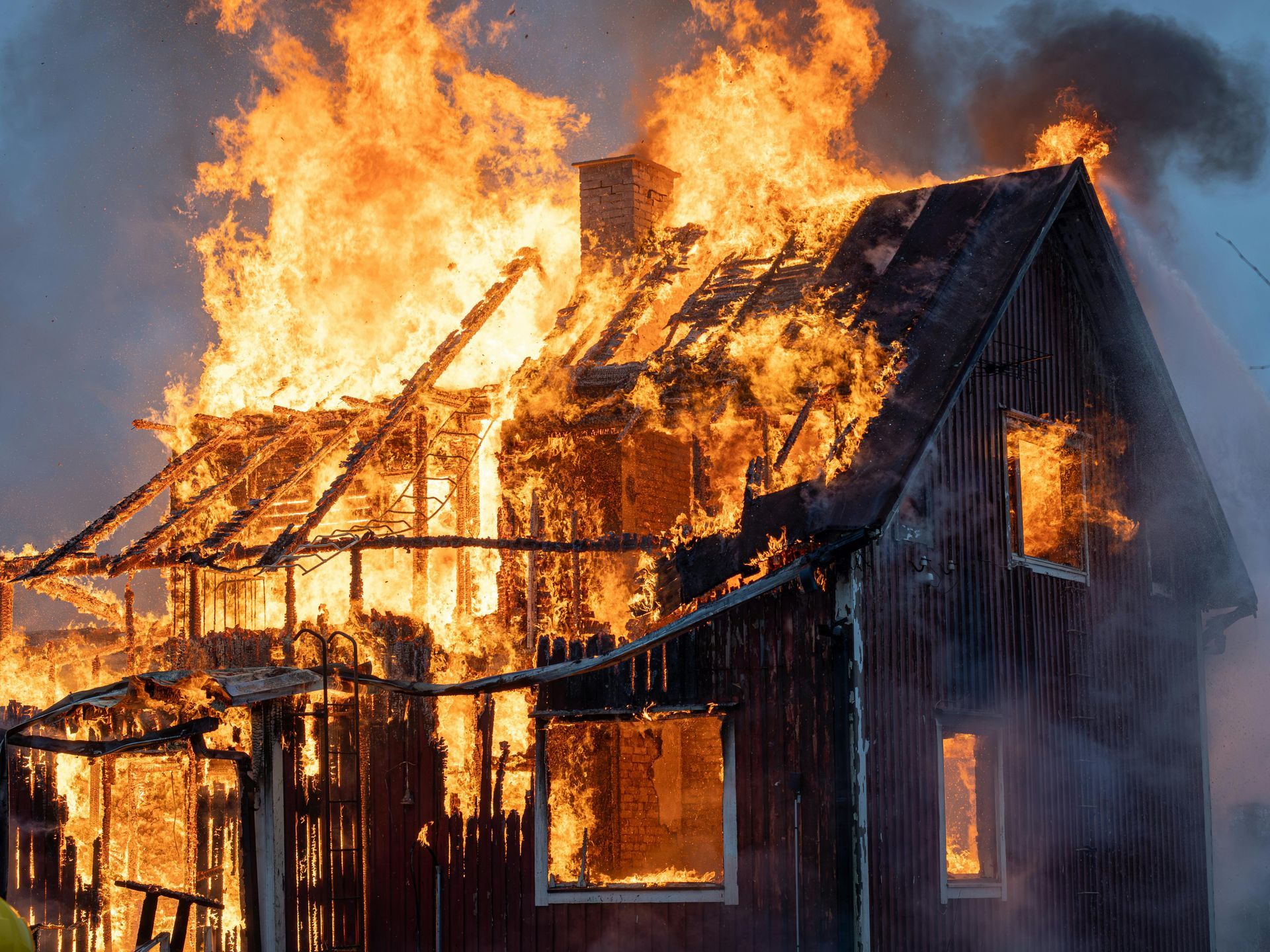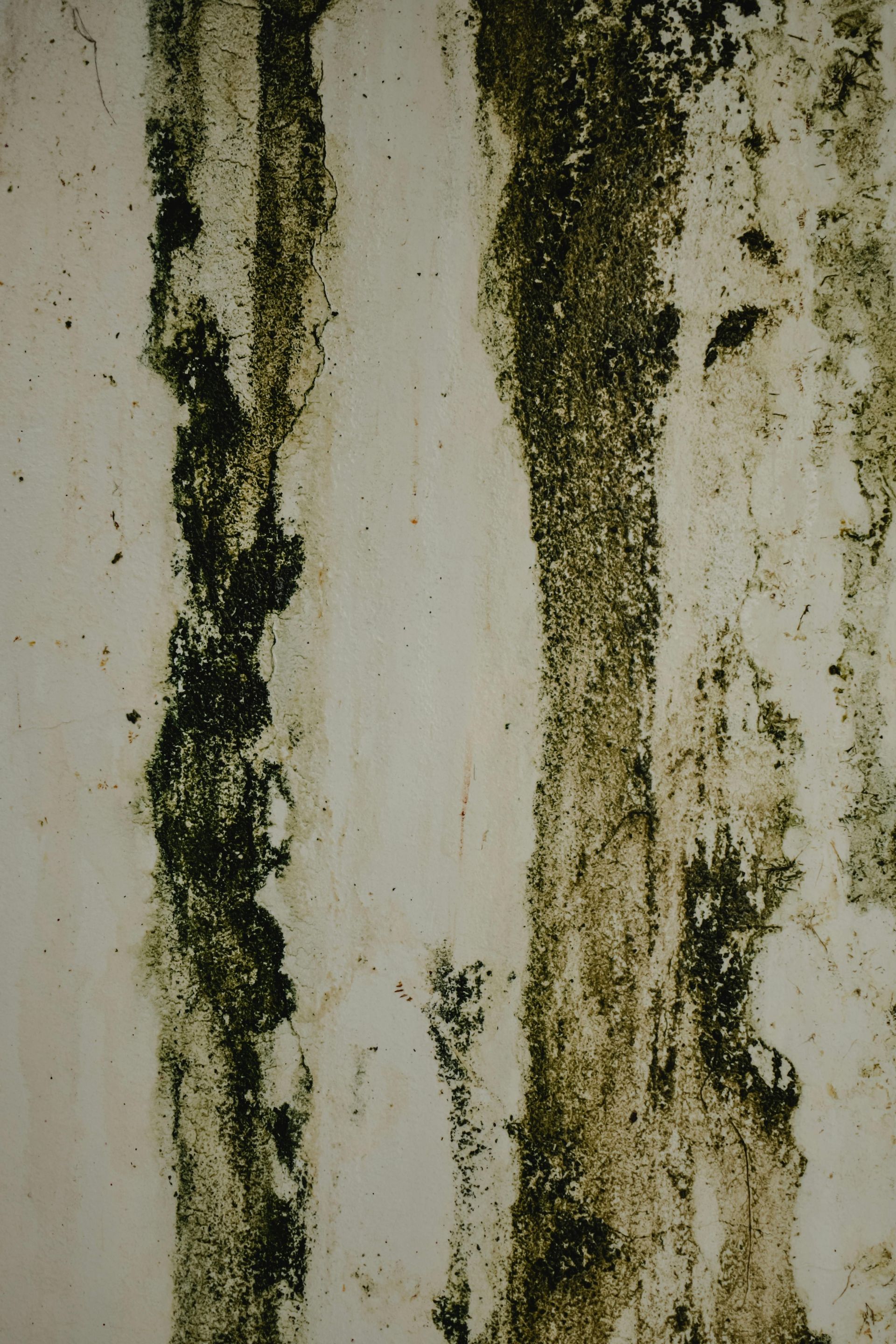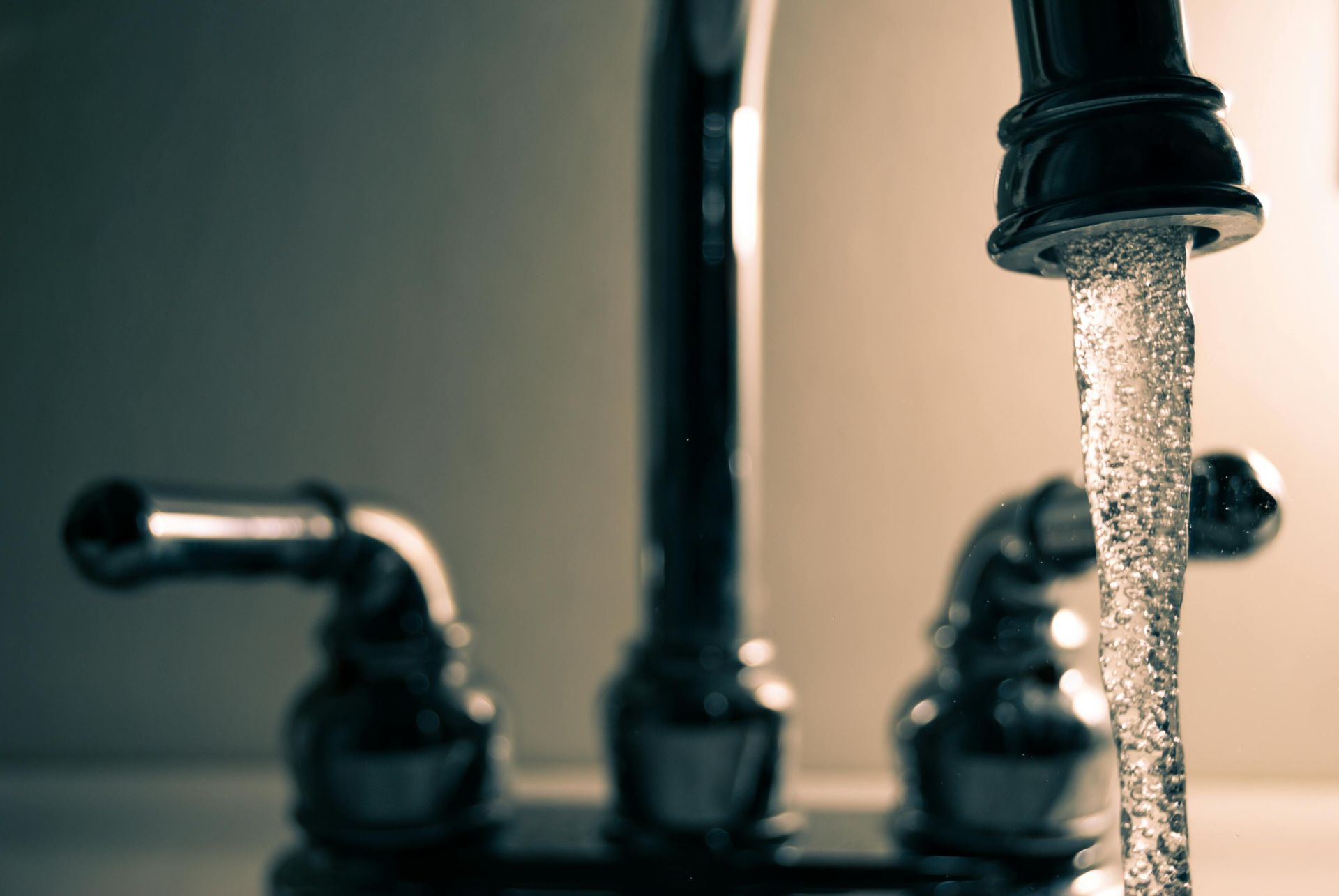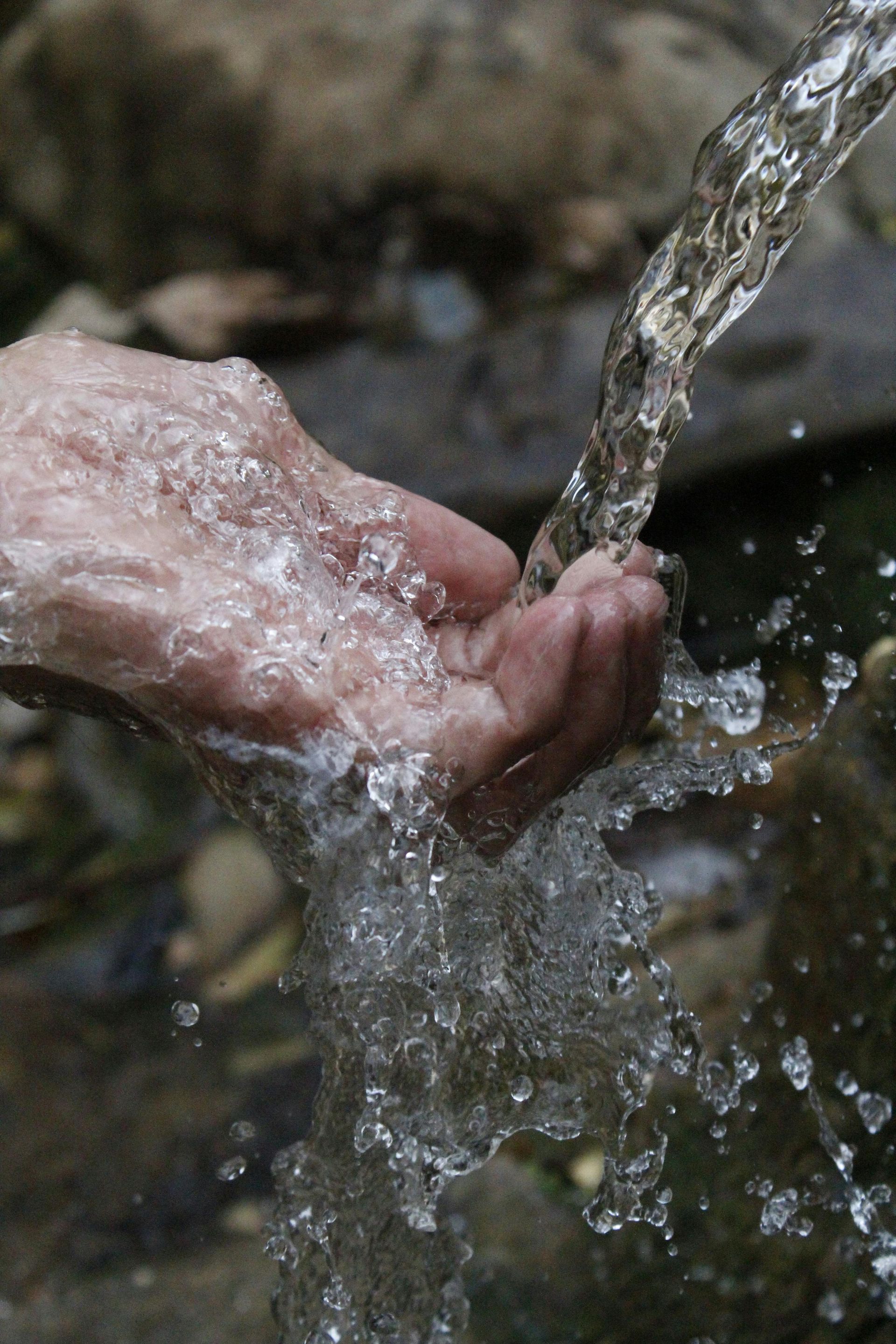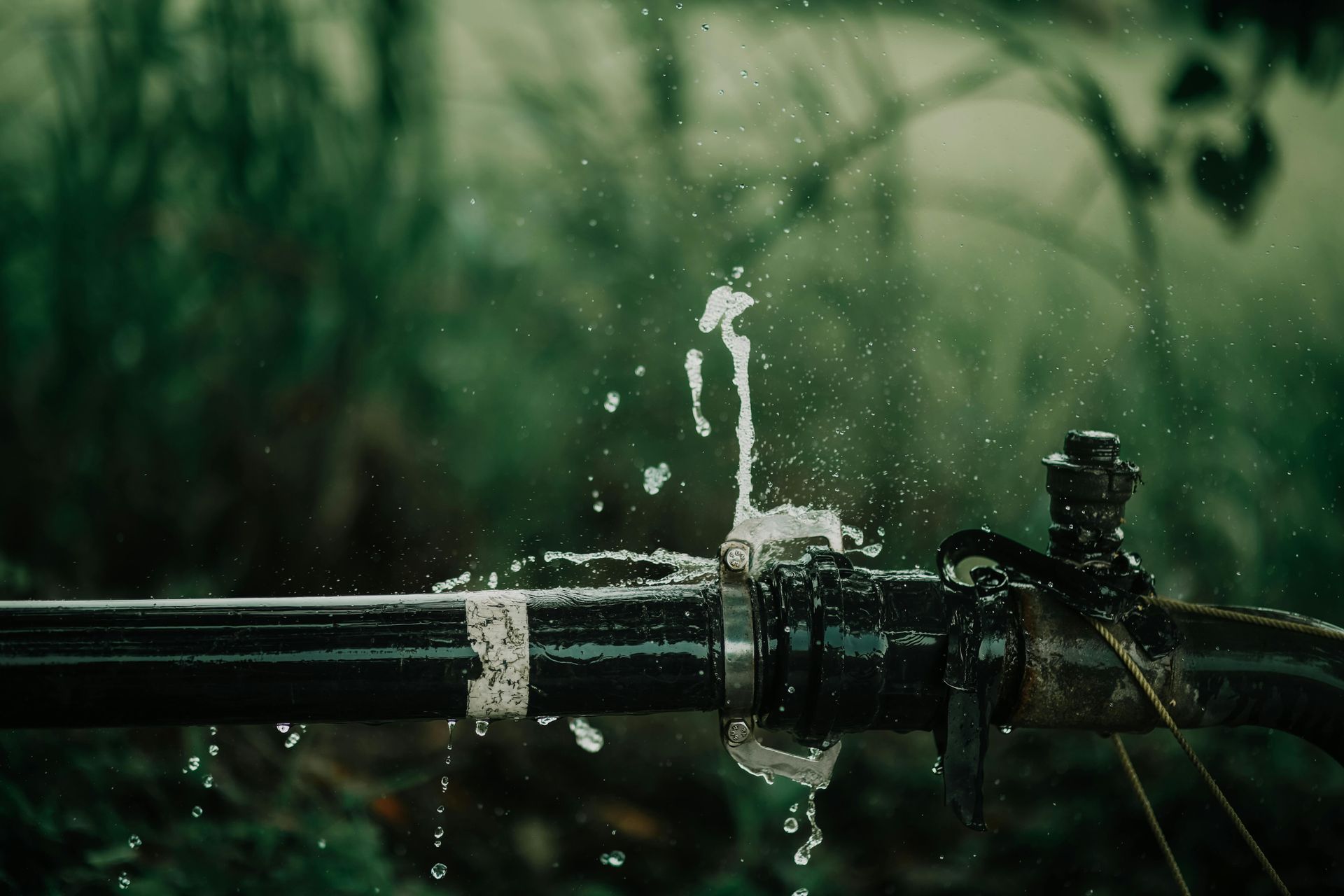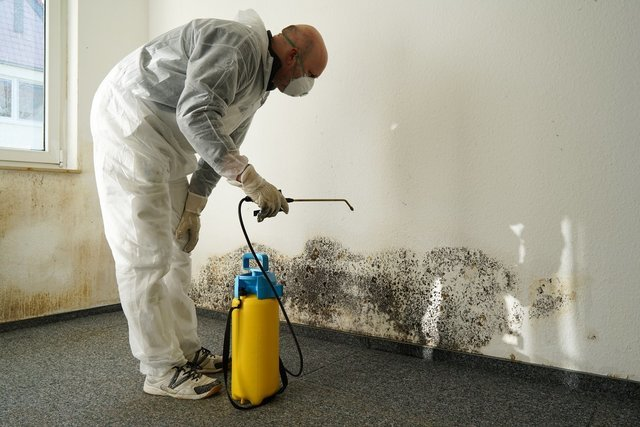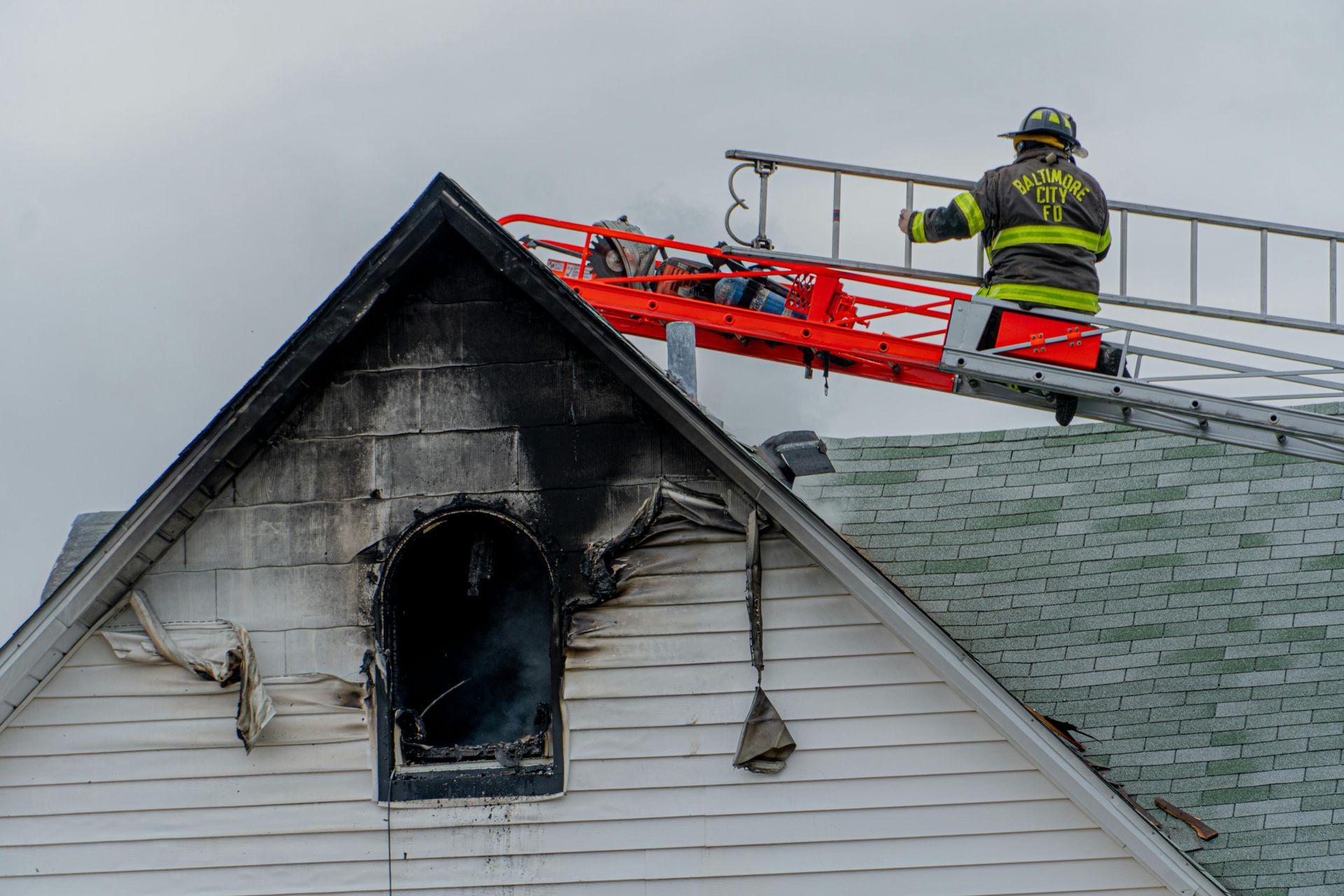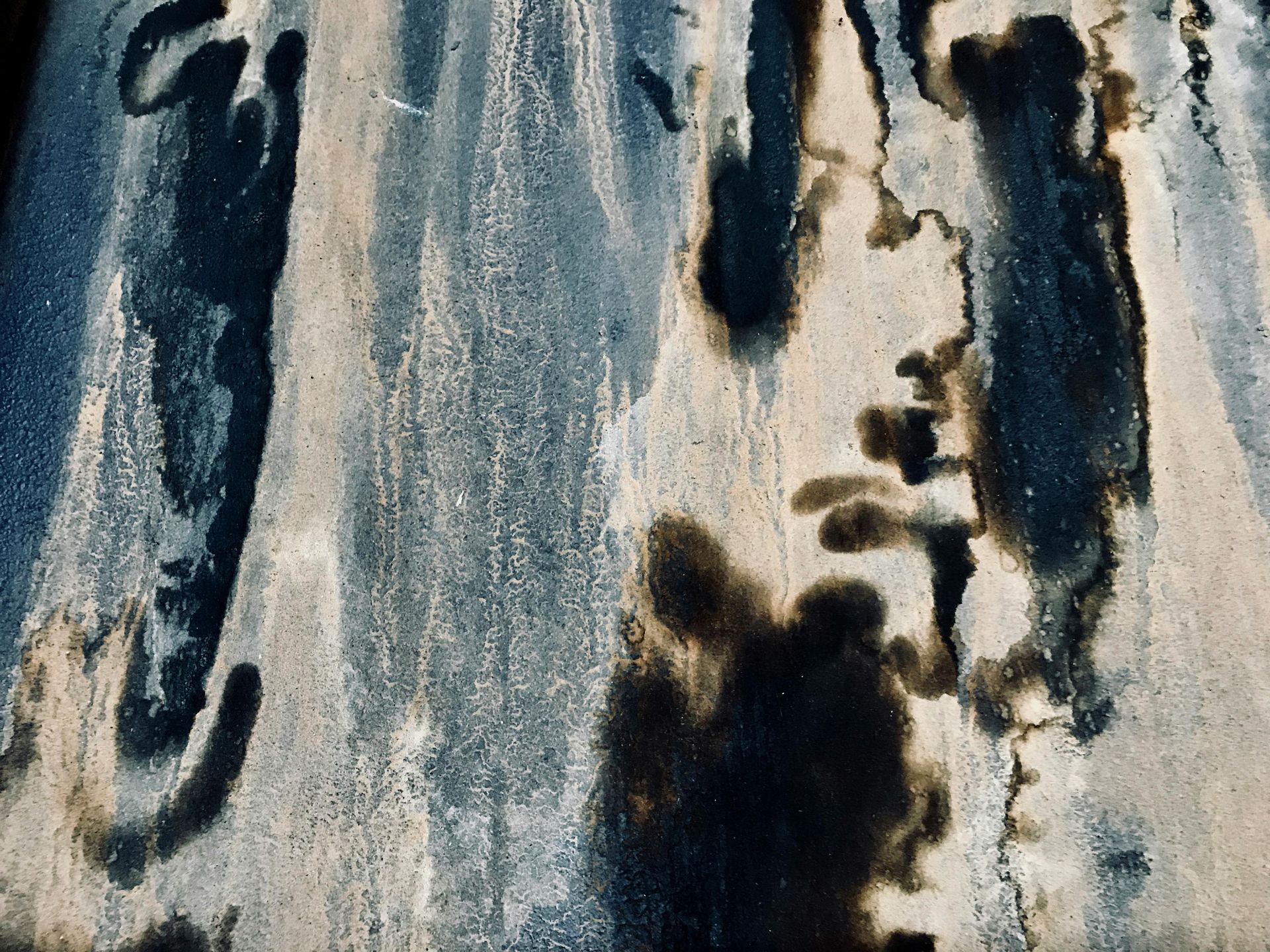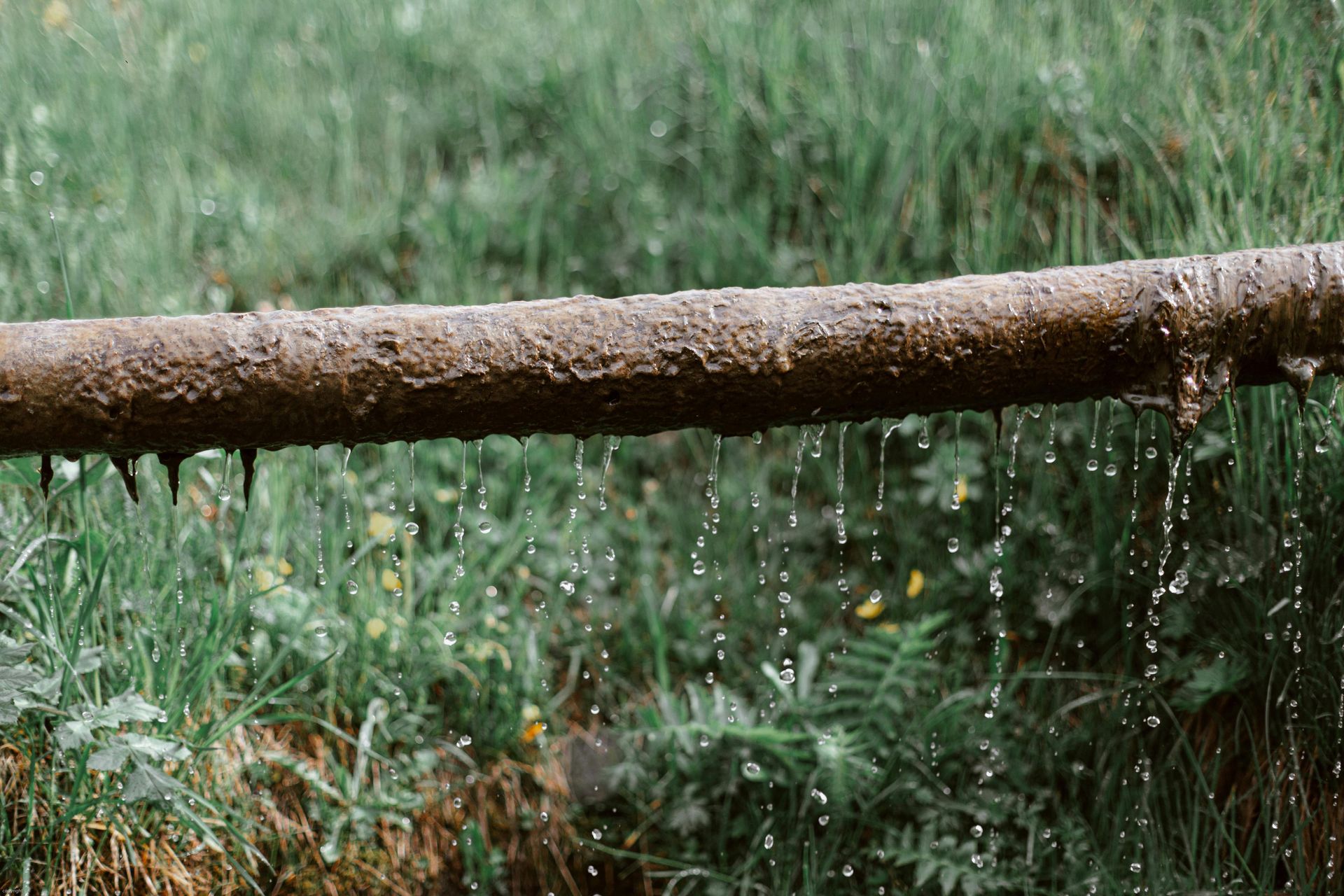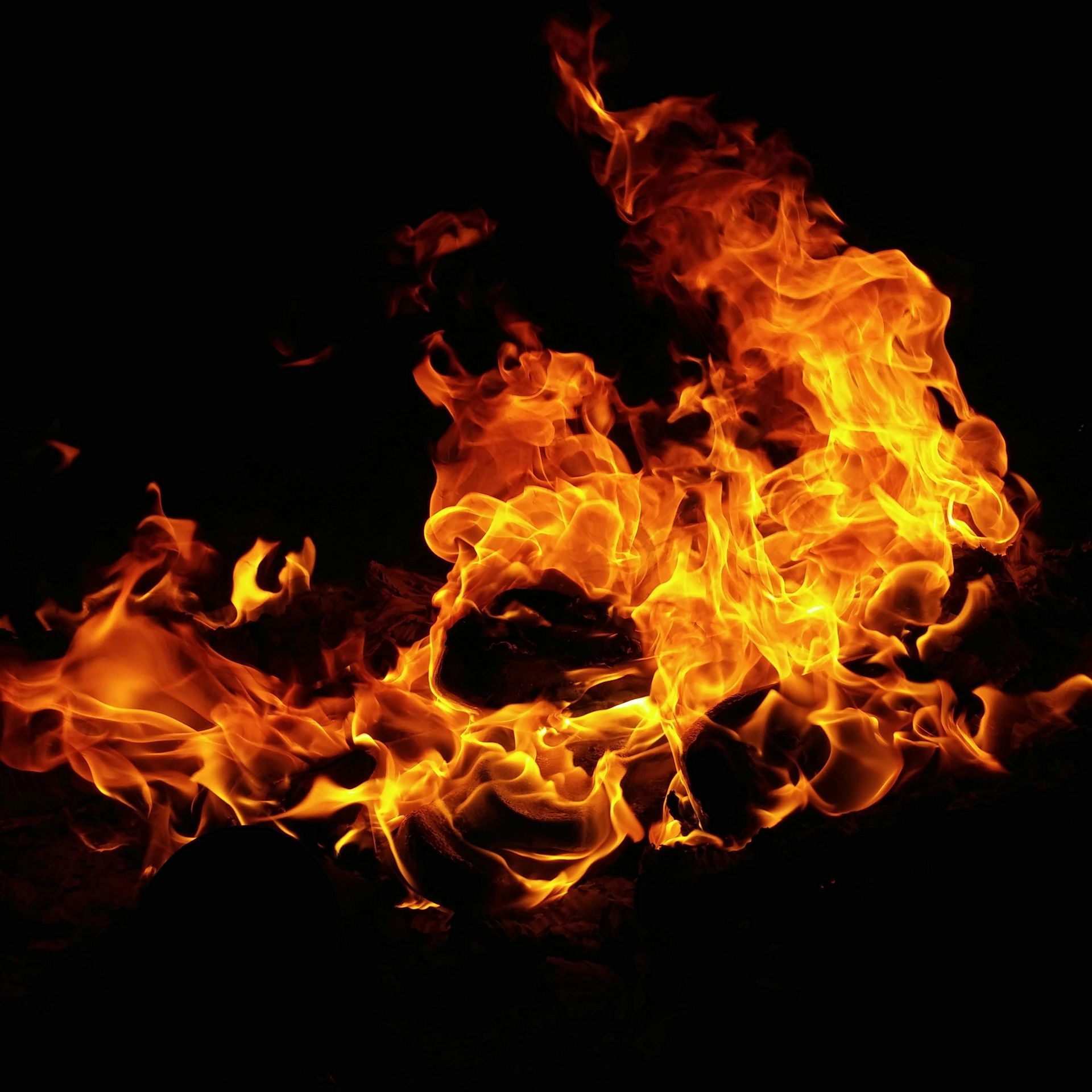The Importance of Quick Water Damage Response
Act Fast: Why Prompt Water Damage Clean-Up is Crucial for Your Home
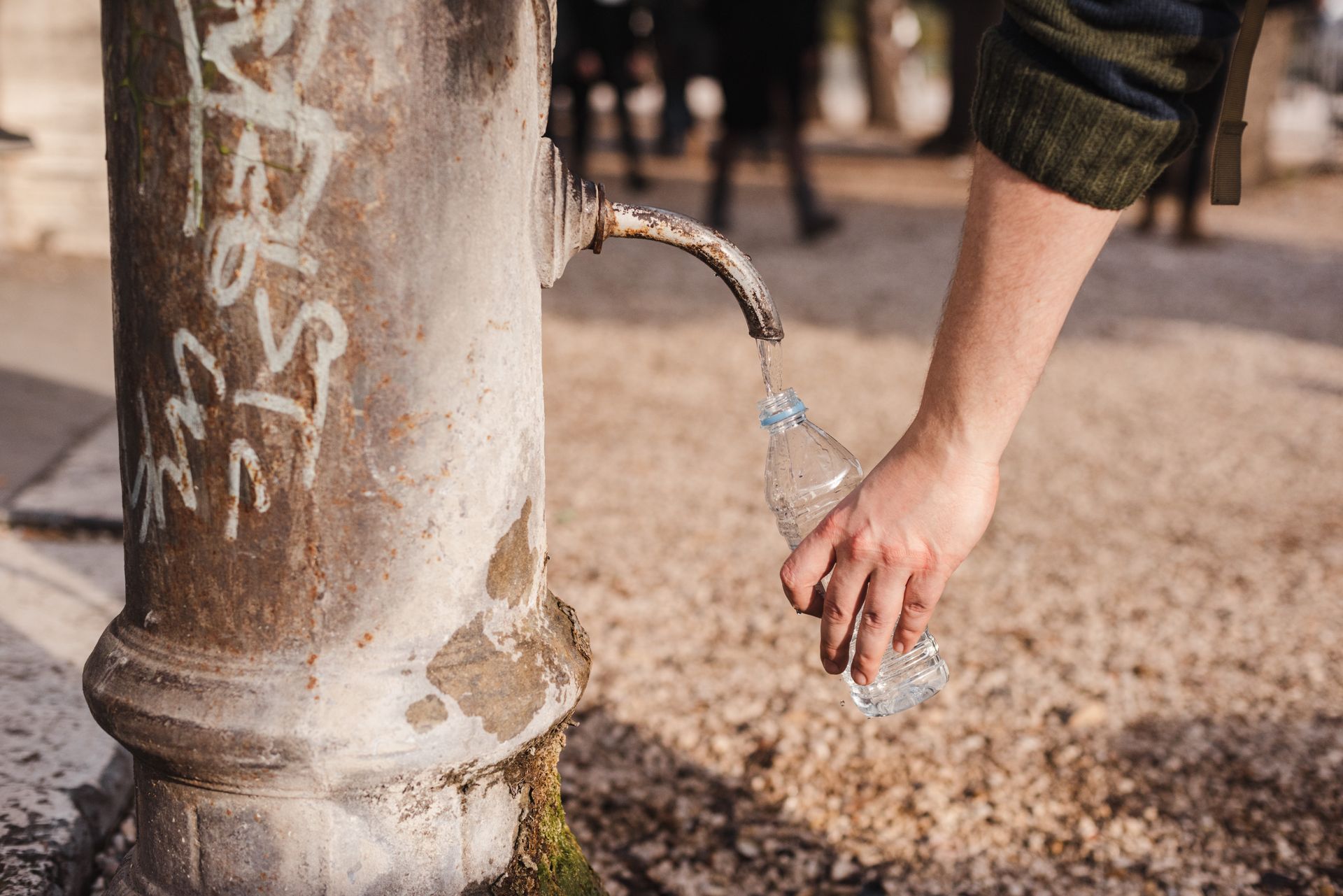
Water damage is one of the most devastating problems a homeowner or building owner can face, and it's critical to respond quickly in order to mitigate further damage. The longer you wait, the more costly and extensive water damage repair may become. In this article, we will discuss why water damage is so serious and how you should go about handling it.
Causes of Water Damage
Water damage can have a devastating effect on homes and businesses. It is important to be aware of the most common causes of water damage to help prevent it. Here are some of the top factors:
- Leaking or burst pipes – Pipes that are old, corroded, or otherwise damaged may leak or burst, leading to water damage.
- Malfunctioning household appliances – Washing machines, dishwashers, and water heaters may malfunction due to a variety of issues, resulting in water leaking or overflowing.
- Plumbing problems – Clogged drains and sewer backups can cause serious flooding.
- Severe weather events – Heavy rain, flooding, and snowmelt can cause water to seep into basements, crawl spaces, and other areas of a home or business.
- Roof leaks or damage – A roof leak or damaged shingles can allow rainwater to enter a building.
- Foundation cracks or damage – Cracks in the foundation of a property can allow rainwater to enter the building and cause water damage.
- Natural disasters – Hurricanes, earthquakes, and tsunamis can lead to severe flooding and water damage.
- HVAC Issues: Air conditioning unit leaks can cause water damage, both from the standing water and the humidity it creates in a space. Condensation buildup can occur as a result of poor ventilation or high indoor temperatures.
- Human Error: Leaving a sink or bathtub running can cause water damage to your floors, walls, and even the foundation of the home if not caught early enough. Accidentally hitting a pipe or appliance can lead to plumbing issues and potential flooding if it's not addressed quickly.
Long-Term Effects of Water Damage
If water damage is not addressed quickly, secondary damage can occur. This type of damage can lead to a variety of costly repairs and could even potentially reduce the value of the property. Common examples of secondary damage include mold growth, dry rot, structural instability, and pest infestations. All of these issues will require significant effort to resolve and can be very expensive. So, water damage clean-up is crucial.
Mold Growth
Mold growth can be very damaging and pose serious health risks, not only to people but also to property. When mold spores are inhaled, they can cause a variety of negative health effects, such as allergies, asthma, and respiratory illnesses. In extreme cases, prolonged exposure to indoor mold can even lead to lung cancer or other serious diseases. Additionally, mold can cause structural damage to walls, ceilings, and floors in homes and other buildings. The moisture created by mold growth can lead to wood rot, sagging roofs and floorboards, and even foundation damage.
Structural Damage
Water damage can have a devastating effect on the structural integrity of a building. Not only may it cause immediate destruction of walls, floors, and ceilings, but it is also likely to cause long-term damage as well. For instance, water that seeps into wall cavities can lead to rot and mold growth over time which can weaken wooden frames and cause flooding. Similarly, water seeping through the ceiling can lead to mold growth on supporting structures and weaken the roof over time. Flooring that is exposed to water can warp and buckle due to long-term exposure, weakening the overall structural integrity of a building's foundation.
Electrical Issues
Water damage can have devastating effects on a building's electrical systems. If water infiltrates wiring, it can cause short circuits and power outages. Furthermore, it can also lead to corrosion of the wiring and other electrical components, resulting in greater risks of electric shock or fire. In some cases, the moisture caused by water damage can lead to the growth of mold or mildew, which further damages wiring and insulation and increases the likelihood of an electrical malfunction. The presence of moisture also increases the risk of corrosion and oxidation in circuits, potentially leading to system failure.
Health Risks
Long-term exposure to water damage and mold growth can have serious health risks for those living or working in a building. Mold spores, which are often present after a flood or plumbing leak, can cause allergy symptoms such as sneezing, coughing, wheezing, and itchy eyes. In addition, people exposed to high levels of mold can experience respiratory problems such as asthma and bronchitis. In extreme cases, mold growth in a home or business can lead to more serious health issues such as chronic fatigue syndrome, memory loss, and organ damage. It is important to identify water damage and mold growth early on in order to minimize the potential for adverse health effects.
Decrease in Property Values
Water damage can have a huge impact on the value of a property. Not only are there significant financial costs associated with repairing water damage, but it can also lead to a decrease in the overall value of the property. For example, if water infiltrates and damages the building's structure, there will likely be an extensive repair bill that needs to be paid. In addition, the decrease in property value due to water damage can be substantial. For example, a survey may show that a flooded basement has decreased the home's estimated market value by 10-15%, or even more, depending on the extent of the damage.
Increased Risk of Future Water Damage
Water damage can increase the risk of future water damage in a variety of ways. Structures that have been weakened by water damage are more vulnerable to decay and collapse, which can be dangerous for both people and property. Buildings and homes may have cracks or crumbling foundations that allow additional water to seep in. This can further weaken the structure and make it more susceptible to future water damage.
Additionally, mold and mildew growth caused by moisture can damage building materials like wood or drywall and lead to additional structural weakening. Lastly, weakened roofing materials may be unable to adequately protect against rainwater and other sources of water intrusion. All of these issues make a structure more vulnerable to future water damage,
Unpleasant Odors and Reduced Indoor Air Quality
Water damage in homes, offices, and other buildings can have a serious impact on indoor air quality. When moisture accumulates inside the walls or flooring of a building, mold, and mildew growth is encouraged. These microbial organisms emit unpleasant odors that can reduce indoor air quality and create an uncomfortable living or working environment. When exposed to these odors, people can experience a variety of symptoms, such as headaches, fatigue, and respiratory problems. Long-term exposure to poor air quality can have an even larger impact on health, increasing the risk of developing lung infections and allergies.
Pest Infestations
Water damage can lead to a variety of pest infestations. Not only does excess moisture attract many types of insects, but it also provides them with the ideal environment in which to reproduce and thrive. Some common pests that are attracted to damp environments include cockroaches, ants, silverfish, termites, and rodents. Rodents and cockroaches are especially adept at finding their way into cracks and crevices, making them a particular nuisance when water damage is present. Moreover, pests such as ants and silverfish may also contaminate food sources or spread disease.
Discoloration and Staining
Water damage can lead to discoloration and staining on walls, floors, and ceilings that significantly detract from the aesthetics of a building. The discoloration is caused by the water seeping into porous materials like wood, drywall, or plaster, while staining occurs when compounds in the water react with certain surfaces. In terms of coloration, the discoloration can range from slight yellowing to dark brown or black spots. Staining, on the other hand, generally takes the form of grayish-white patches that are difficult to remove without professional assistance. In any case, both discoloration and staining caused by water damage detract from the appearance and value of a building.
Inefficient Energy Usage
Water damage can have a significant impact on HVAC systems in a building. When the system is exposed to moisture, it can affect components such as ducts, wiring, and insulation, leading to corrosion and deterioration of parts. This can lead to increased energy costs due to inefficient operation of the system or necessitate replacement of damaged parts. In extreme cases, water damage can result in the complete failure of the system. Not only does water damage lead to costly repairs and replacement parts, but it can also cause a significant increase in energy use. This is due to the fact that components within the system that have been exposed to moisture may not be operating as efficiently as they should be.
The Importance of an Immediate Response
Time is of the essence when it comes to water damage. Even a small leak can cause significant damage if left unaddressed, and this damage can become exponentially worse with time. Therefore, it is important to respond quickly in order to mitigate or limit any potential damage.
If standing water is present, such as from a flood or a large spill, it is important to remove it as quickly as possible. The sooner it is removed, the better chance of avoiding more serious damage like mold growth. Mold usually begins to form within 24-48 hours in humid environments, so acting quickly is essential.
Fortunately, there are tools and techniques available to help with a quick response. These include wet vacuums, dehumidifiers, and other specialized equipment. By using these tools and following the proper procedures, you can limit any potential damage and save time and money in the long run.
In summary, responding quickly to water damage is essential for limiting potential damage. With the right tools and procedures, you can minimize damage and restore your property quickly.
Working with Water Damage Professionals
When faced with water damage, many people are tempted to attempt the repairs themselves. However, it's important to understand that mitigating the effects of water damage requires professional knowledge and experience. Professional water damage restoration services can help minimize any potential negative impacts and reduce the risk of further damage.
Water damage professionals have the essential tools and expertise necessary for completing the job quickly and safely. The services they offer typically include water extraction, mold remediation, structural repair, and replacement of damaged materials or fixtures. Water damage professionals also specialize in finding hidden sources of water leakage to prevent future damage.
Finding a reputable and reliable water damage professional is key to ensuring that your home or business is restored as quickly and efficiently as possible. Be sure to check a company's reputation, insurance coverage, certifications, and industry experience before making your choice. It's also a good idea to ask for references or reviews from past clients who have used the company's services.
Act Fast – Get In Touch Now!
In summary, a quick response to water damage is essential. It ensures that the property remains safe and secure for longer periods of time. Neglecting water damage can lead to health hazards, structural integrity issues, mold growth, and costly repairs.
Ercolano Cleaning & Restoration is available 24/7 to assist with any water damage emergencies you may have in New Haven, CT. Our team is experienced and dedicated to helping you restore your property quickly, safely, and affordably. Call us now for a fast response and the best in water damage remediation services!
